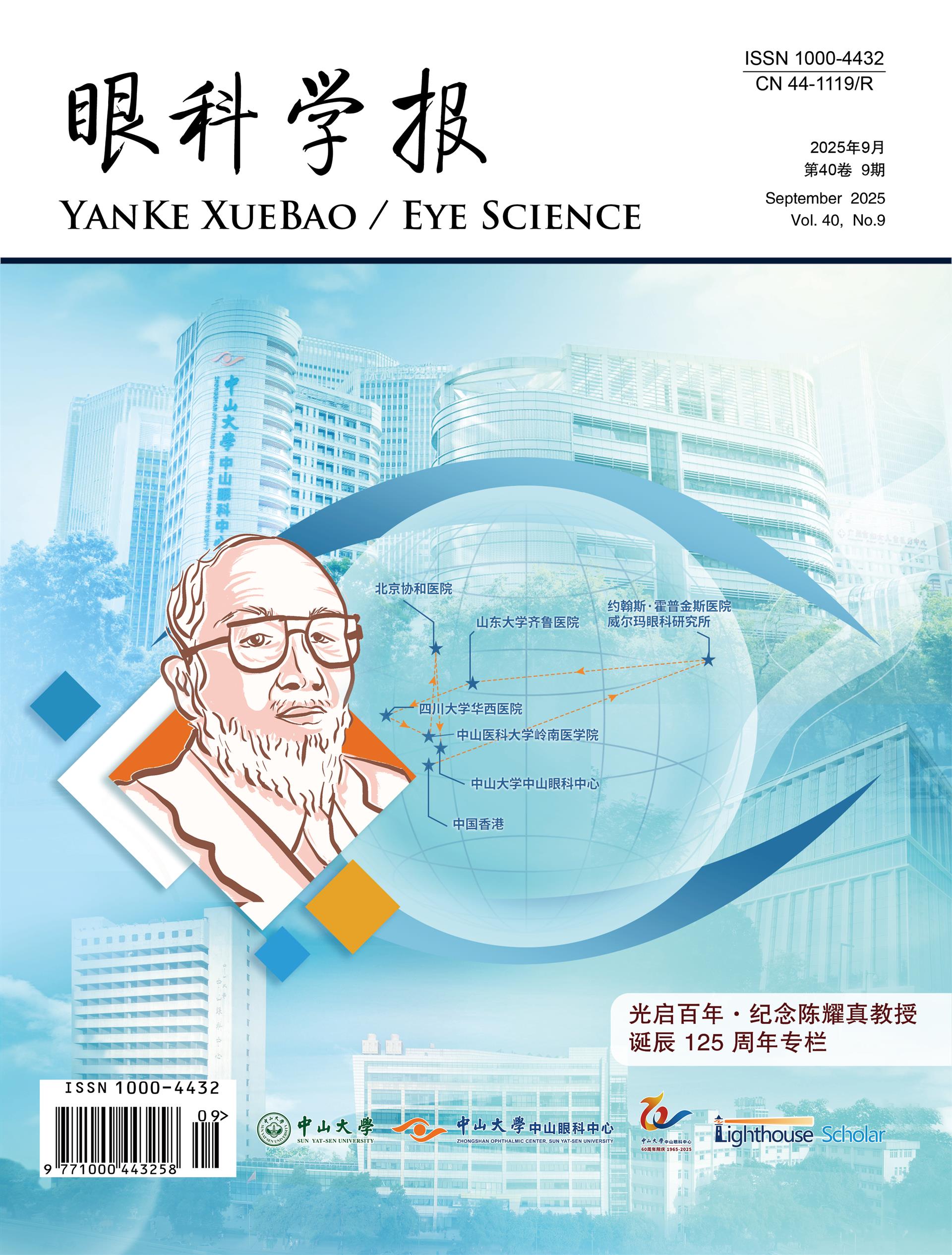Abstract: Retinal hemangioblastomas (RHs) are among the most common manifestations of von Hippel-Lindau (VHL) disease, an autosomal dominant genetic disorder that predisposes individuals to various tumors, particularly in the retina, central nervous system, kidney, adrenal gland, pancreas, and reproductive tract. VHL disease arises from variants in the VHL tumor suppressor gene, leading to the loss of VHL protein function. This protein regulates the degradation of hypoxia-inducible factors (HIFs) under normal oxygen conditions, but, in VHL disease, the loss of functional VHL protein results in the stabilization of HIFs, particularly HIF-2α, even in normoxia. The persistent activity of HIF-2α drives the overexpression of factors including transforming growth factor alpha (TGF-α), platelet-derived growth factor beta (PDGF-β), epidermal growth factor receptor (EGFR), glucose transporter 1 (GLUT-1) and vascular endothelial growth factor (VEGF) and others. Histologically, these tumors consist of tightly packed capillaries surrounded by stromal cells, which are the primaryneoplastic components. Clinically, RHs often represent one of the earliest manifestations of VHL disease and can lead to significant visual impairment or blindness if untreated. Current conventional treatment approaches include ablative therapies such as laser photocoagulation and cryotherapy, both of which are destructive, and can be successful if the tumors are of amenable size and location. Intravitreal anti-VEGF therapies are administered to reduce retinal edema. Effective therapies for large tumors and those located on the optic nerve are severely limited. However, recent advances in our understanding of the HIF-VEGF pathway have led to the development of targeted therapies, such as HIF-2α inhibitors like belzutifan, which have demonstrated promising results in reducing tumor burden and improving outcomes. These novel treatments offer hope for more effective and less invasive management of RHs within the broader context of VHL disease.

















